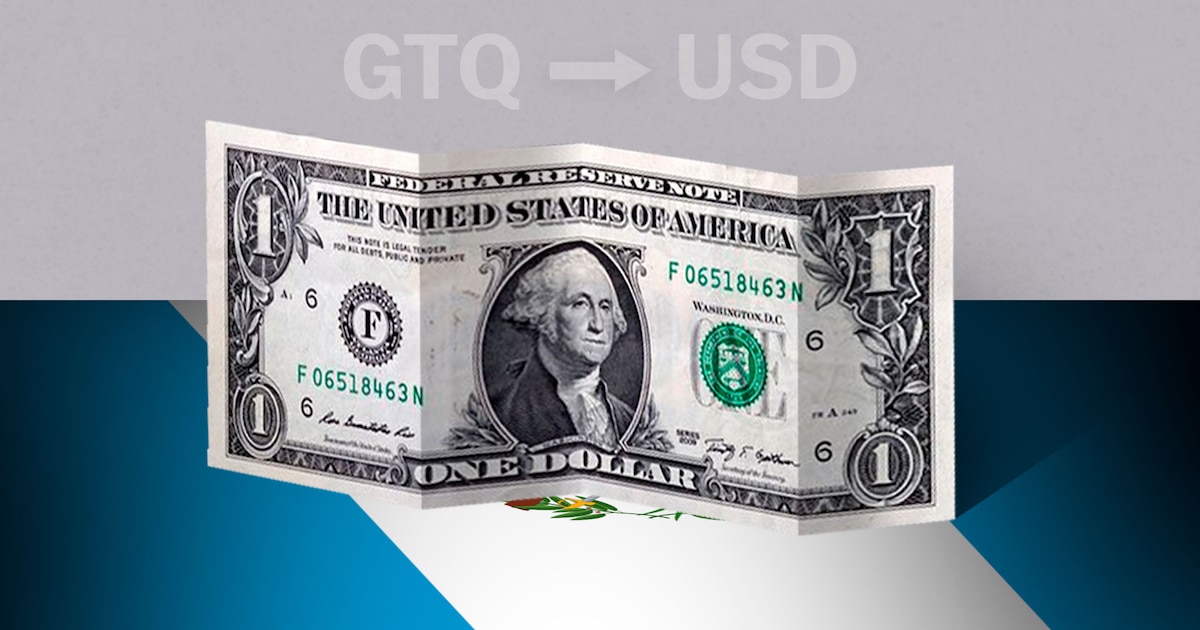The U.S. dollar closed at an average of 7.68 Guatemalan quetzales on June 17, reflecting a 2.68% increase compared to the previous day’s rate of 7.48 quetzales. Over the past week, the dollar has risen by 2.21%, and it has maintained an annual growth of 1.58%. However, fluctuations have made it difficult to predict a clear trend. \n\nThe volatility observed in the past week has been notably higher than the accumulated volatility over the last year, indicating increased instability. According to the Central Bank of Guatemala, the country’s economic outlook for 2025 is mixed. While positive economic growth is expected, challenges remain that could affect overall performance. \n\nInternationally, the IMF projects global economic growth driven by strong labor markets in advanced economies, recovery in the service sector, and robust private consumption. This favorable scenario could benefit Guatemala through increased foreign trade and investment. However, risks such as persistent inflation, instability in China’s real estate sector, and global uncertainties may negatively impact Guatemala’s economy. \n\nThe quetzal, Guatemala’s legal currency since 1924, currently trades at 7.50 per U.S. dollar and 9.25 per euro, making it one of the most stable currencies in Ibero-America. Coins in circulation include denominations of 5, 10, 25, 50 centavos, and 1 quetzal, while banknotes are issued in 1, 5, 10, 20, 50, 100, and 200 quetzales. Despite maintaining stable public debt and budget deficits, Guatemala continues to face high rates of chronic malnutrition, particularly among indigenous and rural populations. \n— new from Infobae
